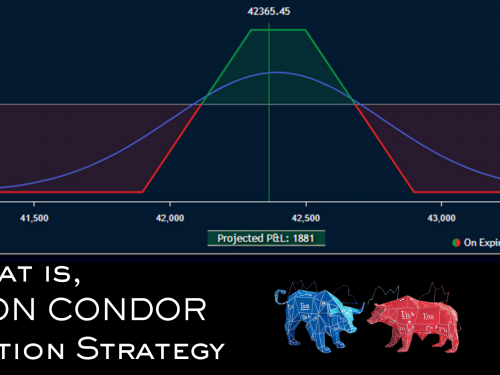A 60-year retirement plan for a salaried employee involves systematically building a retirement corpus over your working years, then using this corpus to generate a regular income after age 60. In India, this typically combines mandatory schemes like EPF, voluntary options such as NPS, private pension plans, and risk/goal-based products like ULIPs and annuities.
Key Steps and Options:
Accumulation Phase (While You Work):
Employees’ Provident Fund (EPF): Mandatory for most salaried employees, involving contributions from both employee and employer, with part going to the Employees’ Pension Scheme (EPS). You can withdraw the corpus and receive a monthly pension (subject to eligibility) on retirement at 58 or 60.
National Pension System (NPS): Open to employees aged 18-70, offering flexibility in investment (equity, debt, government securities). At retirement (usually 60), you can withdraw up to 60% of the corpus tax-free; the rest must buy an annuity, providing a regular pension.
Unit Linked Insurance Plans (ULIPs) and Pension Plans: Combine investment and insurance; the accumulated value at maturity can be used for regular income.
Public Provident Fund (PPF): Offers fixed, tax-free returns; invest up to ₹1.5 lakh/year till age 60 or more.
Investment in a Mutual fund: You can invest in any index mutual fund for better risk-reward for the long term.
Vesting (Payout) Phase (After Retirement at 60):
Annuities: Insurance providers like LIC, HDFC, SBI Life, and ICICI offer immediate or deferred annuity plans—pay a lump sum or regular premiums and receive a fixed pension (monthly/quarterly/annual) for life. Joint life options cover the spouse also.
Senior Citizens’ Saving Schemes (SCSS): Government-backed, for 60+ years, offering assured interest rates and regular payouts.
Withdrawal and Management: Plan to withdraw a portion as a lump sum for immediate needs (like buying a home or medical emergencies), and convert the rest into periodic income to maintain lifestyle
Factors to Consider for a 60-Year Plan:
Expense and Lifestyle Needs: Target 70-80% of your pre-retirement income to maintain lifestyle.
Inflation: Costs may double every 10-12 years; account for healthcare, travel, and emergencies.
Tax Benefits: Contributions to EPF, NPS, PPF, and certain pension plans have tax advantages under Section 80C and related sections.
Flexibility: Many plans allow deferring payouts or choosing between lump sum and installments.
Risk Appetite: Government schemes (like EPF, NPS in auto mode, SCSS) are low risk; ULIPs and mutual funds may generate higher, but more volatile, returns.
Recommended Approach:
Contribute consistently to PF (mandatory), NPS (voluntary), and company/gratuity pension plans during working years.
Supplement with personal investments—ULIPs, PPF, mutual funds—for a diversified corpus.
At retirement, evaluate corpus and use calculators to estimate income needs and optimal withdrawal/annuity combinations.
Choose annuity/pension plans for guaranteed income; combine with government-backed senior citizen options for security.
Caveat: Projected retirement corpus and payout depend on inflation, investment returns, and lifestyle changes. Start early for maximal compounding and flexibility.
For a tailored estimate, use official online retirement calculators to input your salary, planned retirement age, and lifestyle target to model your unique 60-year retirement plan







